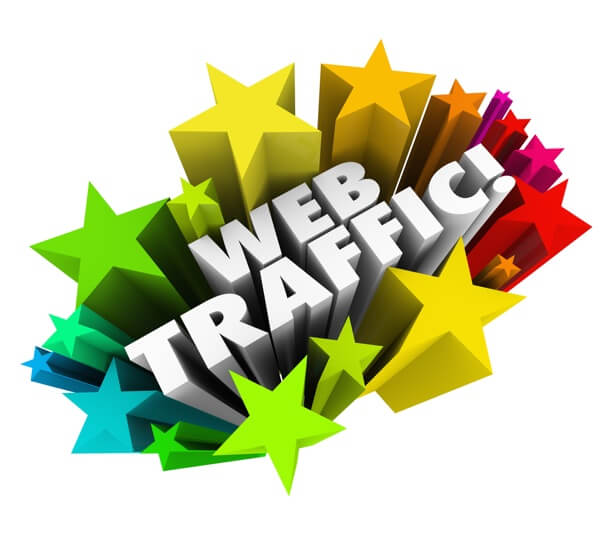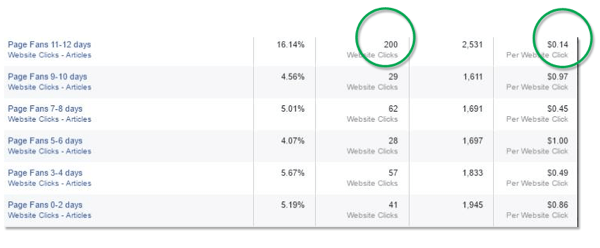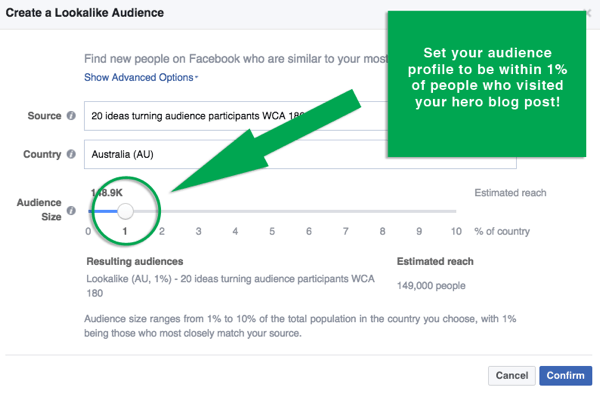Are your Facebook ads costing you too much money?
Do you want to run successful campaigns and not break the bank on advertising?
The answer is not so obvious. And it starts with creative use of your blog.
In this article, you’ll discover how to reduce your ad spend on Facebook.

Discover the secret to cutting your ad spend on Facebook.
#1: Write Five Focused Blog Posts
The first step is to focus on what’s meaningful and important to your target audienceso you can identify with their struggles, hopes, dreams, and fears.
Then write five blog posts addressing these issues. Make sure your articles zero in on a need people have right before they look for a product or service like yours. Research each topic so each post is supremely useful, and imagine how you want your prospective buyer to feel after reading it.
Make your posts practical. You might create a cheat sheet or checklist, or share easy-to-understand instructional posts.
Here’s an example:
Jen, a fitness coach who works with women after childbirth, isn’t sure whether the women she works with are more motivated by how they look or how they feel. She wants to write some blog posts that address both aspects to see which resonates more with her audience. She concludes that women in her target audience have the following aspirations:
- To bounce back to their pre-pregnancy weight
- To feel less overwhelmed
- To have more energy and feel like they’re on top of this mom thing
- To feel attractive and desirable
- To sleep better and feel more able to cope

Write five blog posts that will captivate the interests of your target audience. Image: Shutterstock.
She also identifies the following factors that keep her audience awake at night:
- Their babies
- Worries about the future
- Their relationships with their partners
- Money, now that they’re down to one income
- Feeling overwhelmed and inadequate
Jen decides to write blog posts on the following topics:
- How to get more sleep as a new mom
- How to love your post-baby body, no matter what size jeans you wear
- Am I coping? The question every new mom asks
- When you feel like you’re hanging on by a thread as a new mom
- How to find your post-baby mojo for better health, energy, and sleep
#2: Identify Your Hero Blog Post
Most blogs usually include one post that attracts more likes, comments, and Google hits than any other. This post is your hero post. It’s your secret weapon for reducing your ad spend because it’s the one that draws the most eyeballs to your website.

Use analytics to identify which of your five posts is the most successful. Image: Shutterstock.
The more successful the blog post, the better your ads will perform and the more targeted visitors you’ll attract to your website.
To identify your hero post, you’ll want to set up an ad campaign to advertise each of the five blog posts separately. Make sure you’ve set up your Facebook website ad pixelbefore you activate your campaign and create conversion pixels for each of your five blog posts.
For each ad include an inviting description of the blog post, a stunning image or video, and a link back to your website. Check that your headlines are compelling, shorter than 70 characters, and relevant to your content. Make sure that your images or videos are enticing and relevant to the content.
Schedule your ads to run for two days each and deliver your ad to the followingcustom audiences:
- Your current email list subscribers
- People who’ve liked your Facebook page
- Your current website custom audience if you already have a pixel in place. (If you don’t, there’s a WordPress plugin called the AdChief plugin, which makes it easy for you to install one.)
Note: If you’re just starting out and have only just placed your ad pixel on your website, you can focus your initial campaign on your Facebook page fans and email list to start with. You’ll build your website custom audience as you drive traffic to your website through your blog post ads.
This testing stage takes 2 days per blog post; that’s 10 days for 5 blogs. At the end of the 10 days, look at your Facebook ad stats to see the click-through rate and the cost per click for each post.
Your hero post is the one that has the highest click-through rate and the lowest cost per click.

Notice how the first blog post was much more successful at driving people to the website with 200 click-throughs? Also notice the price per click is a lot lower than the other blog posts? It would make sense, then, to use that blog post as the hero post.
#3: Advertise Your Hero Blog Post to a Lookalike Audience
Since you’ve just determined which content is most popular with your current audience, Facebook can use that information to identify other users who are likely to be interested in your business.
As you create your lookalike audience, set your audience profile to be within 1% of people who visited your hero blog post so you’re not wasting money advertising to people who aren’t interested in your product or service. This can dramatically lower your cost per click for cold prospects.

If you want your cold audience to closely match your current website audience and page fans, tell Facebook you want your lookalike audience to be within 1% of your website visitors.
Continue to Create and Test Your Blog Content
When you create content that matters to your audience and advertise your blog posts as a first step in your sales funnel, you can identify which topics draw the most eyeballs to your website and reduce your cost per click in your ad campaigns.
The more content you create, the more you can widen the mouth of your sales funnel. You never know; you might identify a new hero blog post that outperforms your initial choice.
A side benefit to advertising this way is that you can show a direct link between blog content and sales without spending thousands on link tracking software. You can also use your metrics to show C-suite managers the effectiveness of your content marketing.
Conclusion
Now that you have a steady flow of both cold and warm prospects who have shown an interest in your content, you can retarget your website custom audience with an offer and nurture them towards the sale through retargeted ads.
Consider creating a subscriber offer that provides extra value to your prospective buyers, something that leads them further down the path towards buying from you. What about a webinar, a challenge, an ebook, or free download?
Use the data you already have from your blog post ads to determine what your prospective buyers would value most.
This article first appeared in www.socialmediaexaminer.com



